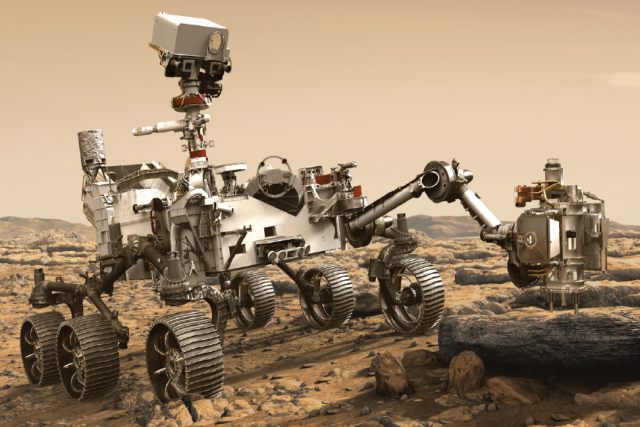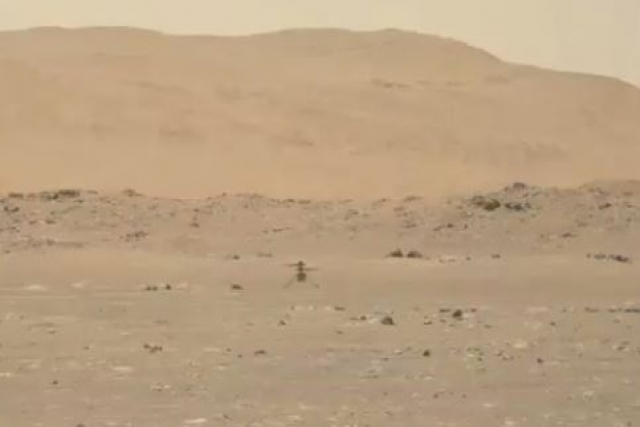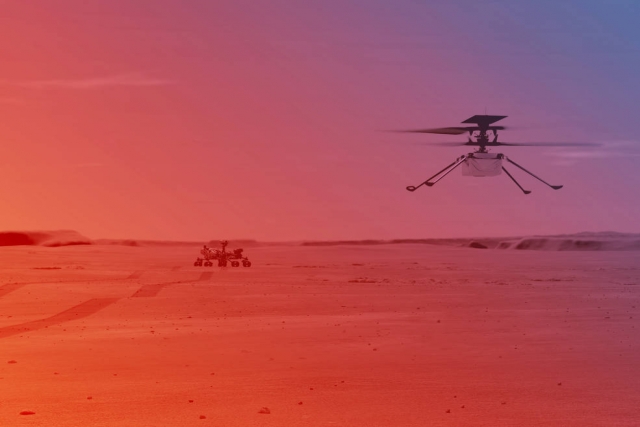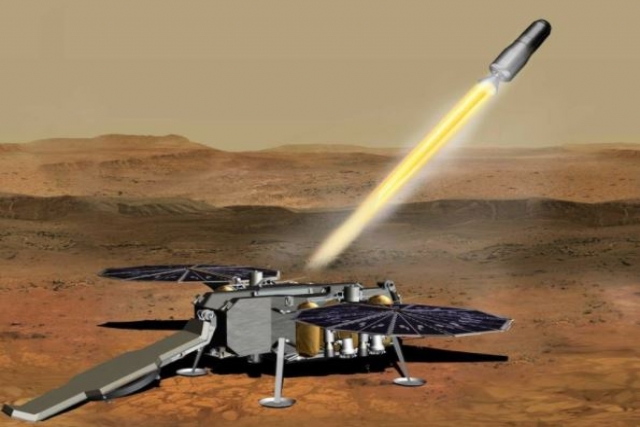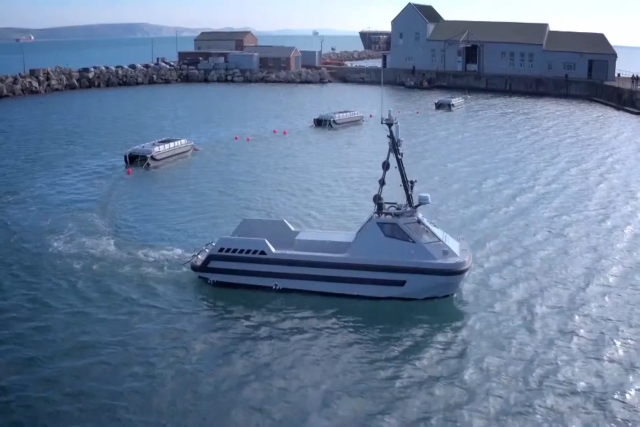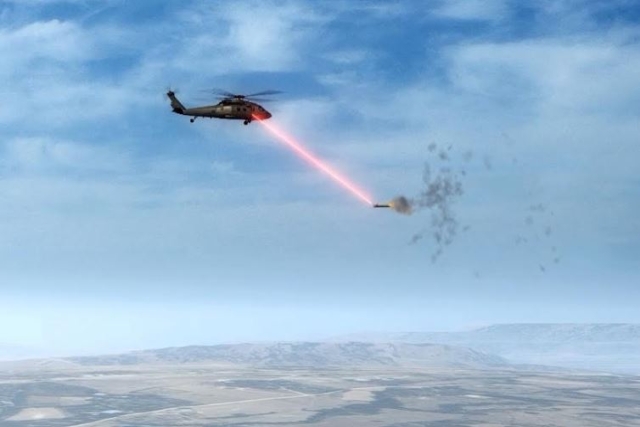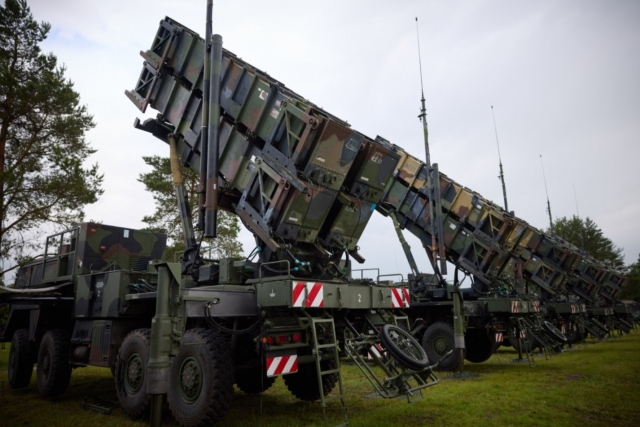Leonardo to Create Robotic Arm to Help NASA, ESA to Retrieve Mars Samples
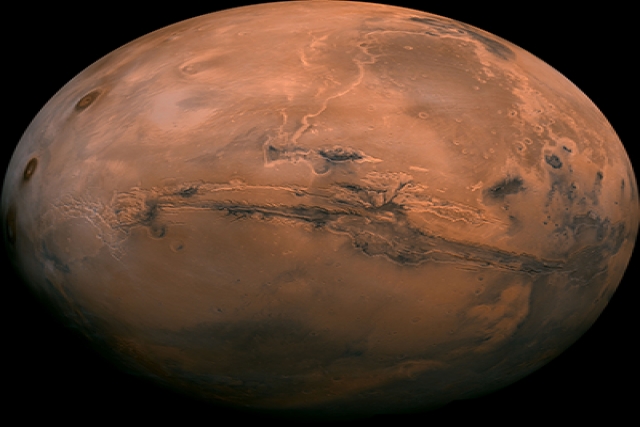
Leonardo will develop a Sample Transfer Arm for NASA and European Space Agency’s (ESA) Mars Sample Return mission under an agreement signed at the Farnborough International Airshow.
The mission to return samples of the Martian surface back to Earth for the first time will see a 2.5-metre-long robotic arm land on the red planet by the end of the decade.
Following a successful study and prototyping phase, Leonardo, at the head of a European consortium, will now take responsibility for the development of the system through to its first operations on Mars. Scheduled for delivery in 2025, Leonardo’s robotic arm will be installed on the NASA Sample Retrieval Lander and will recover the tubes full of Martian soil that were previously collected by the Mars 2020 rover. This will allow scientists back on Earth to analyse the samples in laboratories and conduct brand new research aimed at bettering humanity’s understanding of the red planet.
The Sample Transfer Arm’s architecture mimics a human arm with a “shoulder”, “elbow” and “wrist” and it can perform a large number of movements with 7 degrees of freedom. Unlike a human arm, the Sample Transfer Arm has its own built-in “brain” and “eyes”. Managed by control electronics, the limbs, joints and “hand” (known in space science as the ‘end-effector’) are able to execute all of the actions required by the mission with a high level of dexterity. These include identifying and extracting the tubes from the rover, picking them up from the ground, inserting them into the container and closing the lid before lifting-off from Mars.
Together with its vision system composed of two cameras, the instrument receives information from its sensors and sends to the mechanisms instructions through about 600 signals. Such architecture allows the system’s “brain” to autonomously decide the best course of action and coordinate movements accordingly. Its software includes robotics and mechatronics algorithms, also allowing the arm to perform collision avoidance maneuvers to avoid any impact with the lander or its surroundings.
Challenges related to the harsh Martian environment, such as the copious dust and extreme temperatures (-130°C/+70°C) will be taken into account while designing and building the robotic arm.
